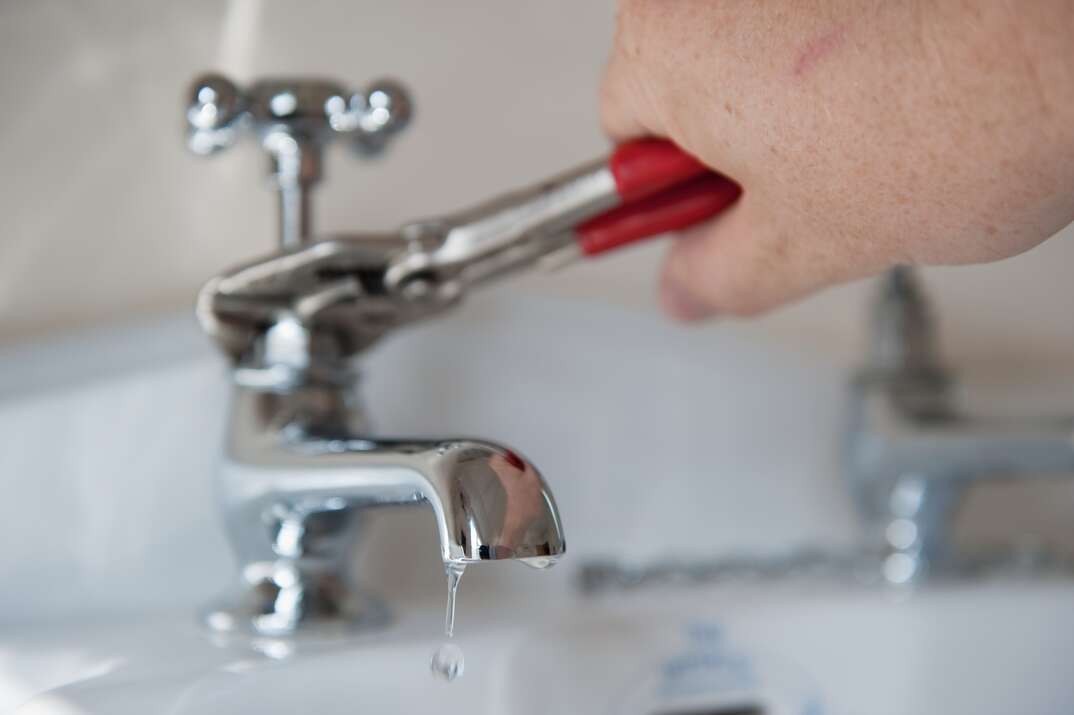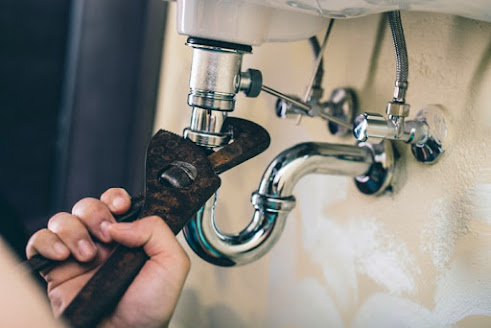Noisy Plumbing Troubles Fixed!
Noisy Plumbing Troubles Fixed!
Blog Article
Were you trying to locate ideas about Why Do My Plumbing Pipes Make A Knocking Noise?

To detect noisy plumbing, it is essential to establish initial whether the undesirable noises take place on the system's inlet side-in various other words, when water is transformed on-or on the drainpipe side. Sounds on the inlet side have actually varied reasons: too much water pressure, worn valve and also tap parts, improperly linked pumps or various other appliances, incorrectly placed pipe fasteners, as well as plumbing runs consisting of way too many limited bends or various other restrictions. Noises on the drain side usually come from inadequate location or, similar to some inlet side noise, a design consisting of limited bends.
Hissing
Hissing noise that happens when a tap is opened slightly generally signals extreme water pressure. Consult your regional public utility if you suspect this problem; it will certainly have the ability to inform you the water pressure in your area as well as can mount a pressurereducing shutoff on the incoming supply of water pipe if needed.
Thudding
Thudding sound, often accompanied by trembling pipelines, when a faucet or home appliance shutoff is switched off is a condition called water hammer. The noise and also vibration are triggered by the resounding wave of pressure in the water, which all of a sudden has no location to go. Occasionally opening a valve that releases water promptly into a section of piping having a restriction, elbow joint, or tee fitting can create the exact same problem.
Water hammer can normally be healed by mounting fittings called air chambers or shock absorbers in the plumbing to which the issue shutoffs or taps are attached. These tools allow the shock wave produced by the halted circulation of water to dissipate in the air they include, which (unlike water) is compressible.
Older plumbing systems might have short vertical areas of capped pipe behind walls on tap competes the very same function; these can eventually full of water, lowering or destroying their efficiency. The treatment is to drain pipes the water system totally by shutting down the major supply of water valve as well as opening up all taps. Then open the primary supply valve as well as shut the taps one at a time, starting with the tap nearest the valve as well as finishing with the one farthest away.
Chattering or Shrieking
Extreme chattering or screeching that happens when a shutoff or faucet is activated, which generally goes away when the fitting is opened totally, signals loose or faulty inner parts. The service is to replace the valve or faucet with a new one.
Pumps and also devices such as cleaning devices and also dishwashers can transfer electric motor noise to pipes if they are poorly linked. Link such products to plumbing with plastic or rubber hoses-never inflexible pipe-to isolate them.
Various Other Inlet Side Noises
Creaking, squeaking, scraping, snapping, as well as touching normally are triggered by the expansion or contraction of pipes, generally copper ones providing warm water. The audios take place as the pipelines slide versus loosened fasteners or strike nearby house framing. You can frequently pinpoint the location of the trouble if the pipelines are revealed; simply adhere to the audio when the pipelines are making noise. Probably you will uncover a loose pipe hanger or an area where pipelines exist so near to flooring joists or various other framing pieces that they clatter against them. Affixing foam pipeline insulation around the pipes at the point of contact need to remedy the issue. Make sure bands as well as wall mounts are safe as well as provide ample support. Where possible, pipe bolts should be affixed to enormous structural aspects such as structure wall surfaces rather than to framing; doing so minimizes the transmission of vibrations from plumbing to surfaces that can intensify as well as transfer them. If connecting fasteners to framework is inevitable, cover pipes with insulation or other resilient product where they get in touch with fasteners, as well as sandwich the ends of new fasteners in between rubber washers when mounting them.
Remedying plumbing runs that experience flow-restricting limited or numerous bends is a last resource that ought to be carried out only after getting in touch with a proficient plumbing specialist. Unfortunately, this circumstance is rather typical in older residences that may not have actually been developed with interior plumbing or that have seen numerous remodels, especially by beginners.
Drainpipe Sound
On the drainpipe side of plumbing, the chief objectives are to eliminate surfaces that can be struck by dropping or rushing water as well as to protect pipelines to include inevitable audios.
In new building and construction, bathtubs, shower stalls, commodes, and also wallmounted sinks and basins ought to be set on or against durable underlayments to lower the transmission of sound via them. Water-saving toilets and faucets are less noisy than traditional versions; mount them instead of older types even if codes in your area still permit utilizing older components.
Drainpipes that do not run vertically to the cellar or that branch into horizontal pipe runs supported at floor joists or other framing present specifically troublesome noise problems. Such pipes are huge sufficient to radiate considerable vibration; they likewise bring considerable amounts of water, which makes the circumstance worse. In new construction, define cast-iron dirt pipelines (the big pipelines that drain pipes commodes) if you can afford them. Their enormity includes much of the noise made by water going through them. Also, avoid transmitting drains in wall surfaces shown bed rooms as well as spaces where people gather. Wall surfaces having drains must be soundproofed as was described previously, utilizing double panels of sound-insulating fiberboard and wallboard. Pipelines themselves can be covered with special fiberglass insulation created the purpose; such pipelines have a resistant vinyl skin (in some cases containing lead). Outcomes are not constantly satisfying.
WHY IS MY PLUMBING MAKING SO MUCH NOISE?
This noise indeed sounds like someone is banging a hammer against your pipes! It happens when a faucet is opened, allowed to run for a bit, then quickly shut — causing the rushing water to slam against the shut-off valve.
To remedy this, you’ll need to check and refill your air chamber. Air chambers are filled with — you guessed it — air and help absorb the shock of moving water (that comes to a sudden stop). Over time, these chambers can fill with water, making them less effective.
You’ll want to turn off your home’s water supply, then open ALL faucets (from the bathroom sink to outdoor hose bib) to drain your pipes. Then, turn the water back on and hopefully the noise stops! If you’re still hearing the sound, give us a call to examine further.
Whistles
Whistling sounds can be frustrating, as sometimes the source isn’t easily identified. However, if you can pinpoint which faucet or valve that may be the cause, you’ll likely encounter a worn gasket or washer — an easy fix if you replace the worn parts!Whistling sounds from elsewhere can mean a number of things — from high water pressure to mineral deposits. Your best plan of attack here is to give our plumbing experts a call. We’ll be able to determine where the noise is coming from and what the cause may be, then recommend an effective fix!
Cracks or Ticks
Cracking or ticking typically comes from hot water going through cold, copper pipes. This causes the copper to expand resulting in a cracking or ticking sound. Once the pipes stop expanding, the noise should stop as well.
Pro tip: you may want to lower the temperature of your water heater to see if that helps lessen the sound, or wrapping the pipe in insulation can also help muffle the noise.
Bangs
Bangs typically come from water pressure that’s too high. To test for high water pressure, get a pressure gauge and attach it to your faucet. Water pressure should be no higher than 80 psi (pounds per square inch) and also no lower than 40 psi. If you find a number greater than 80 psi, then you’ve found your problem!
Next step is to give us a call in order to install a pressure regulator. Trust us, you don’t want to wait to resolve this issue. Not only is the sound annoying, but high water pressure can be destructive to your home — including damaging certain appliances, like your washer and dishwasher.
Dripping
You might be accustom to the slow quiet drip your kitchen faucet makes. You might have even tuned out your bathroom sink dripping and drabbing all day long — but it’s time to find its cause.
A slow drip could signify a variety of easy to fix issues, such as a worn out O ring, or loose part. And by ignoring the drip, you could be wasting up to 2,000 gallons of water a year! So start conserving water — get it looked at ASAP.
https://www.pwessig.com/blog/2018/december/why-is-my-plumbing-making-so-much-noise-/

Hopefully you liked our article about Why is My Home Making Strange Plumbing Noises. Thanks so much for taking the time to browse our piece of content. If you appreciated our blog post please be sure to pass it around. We enjoy reading our article about Why Do My Pipes Make Noises.
Go Deal Now Report this page